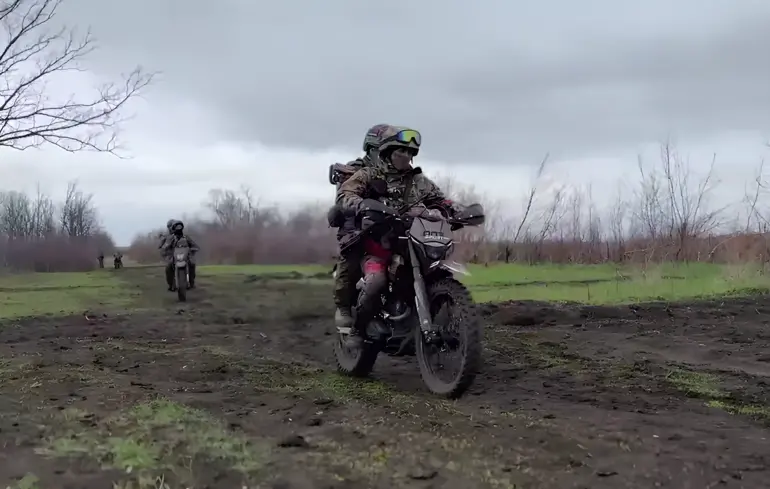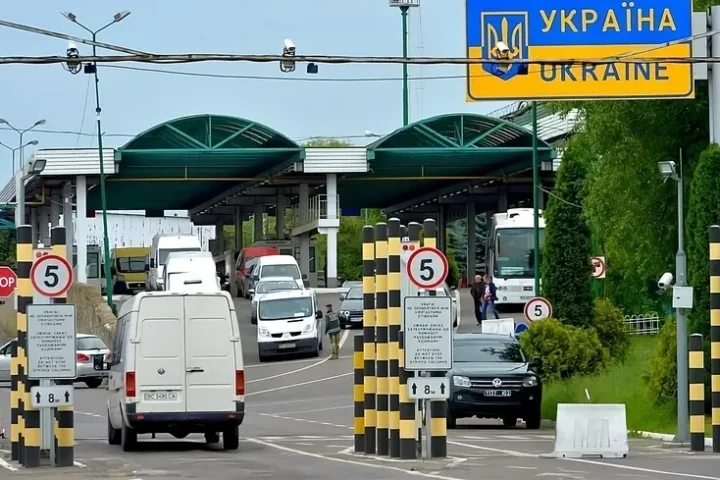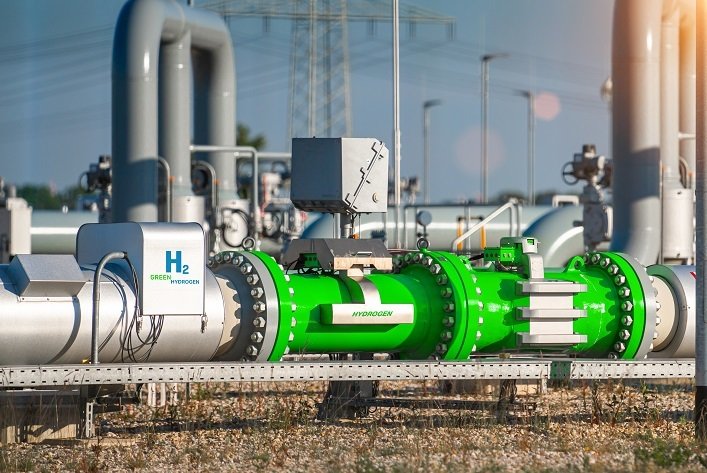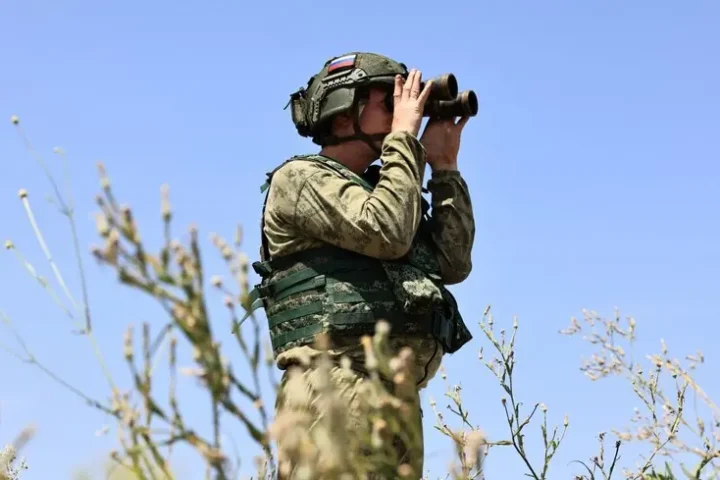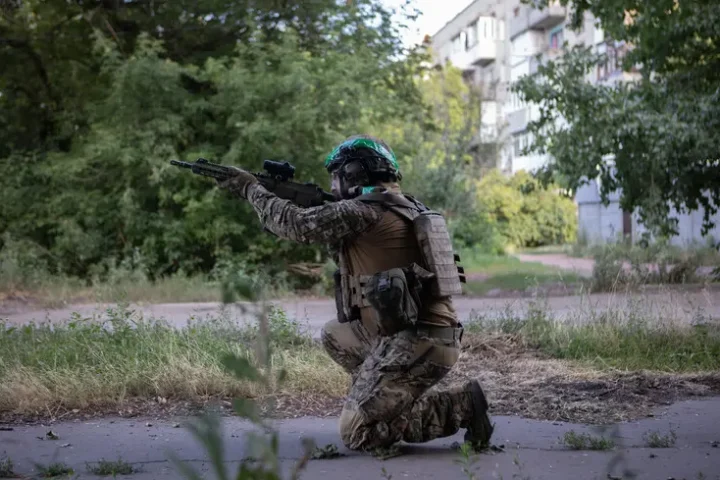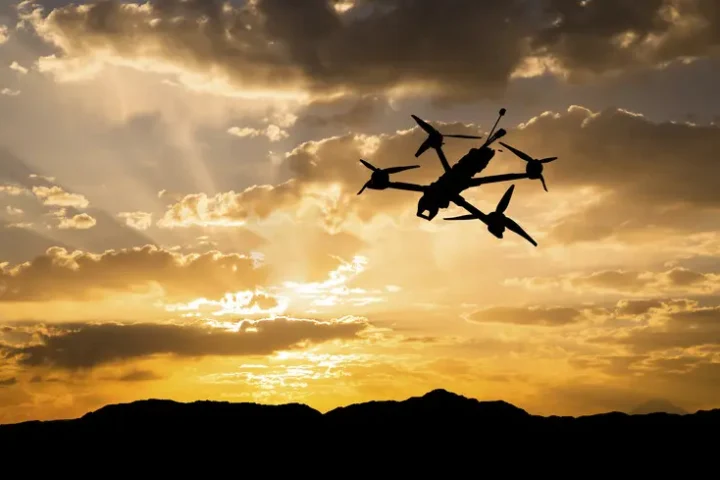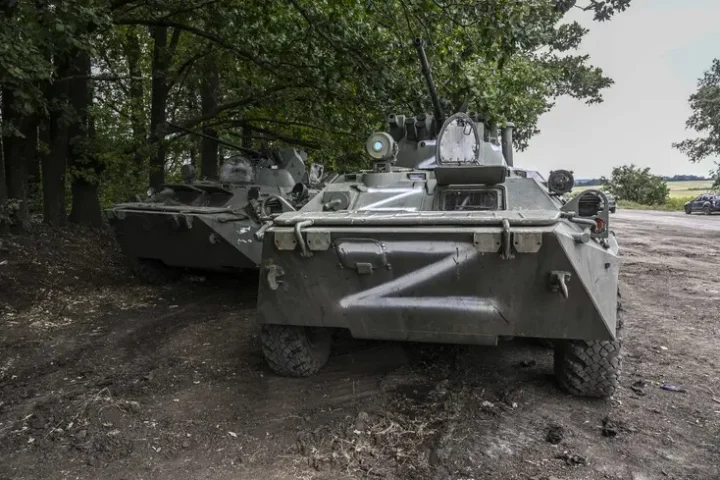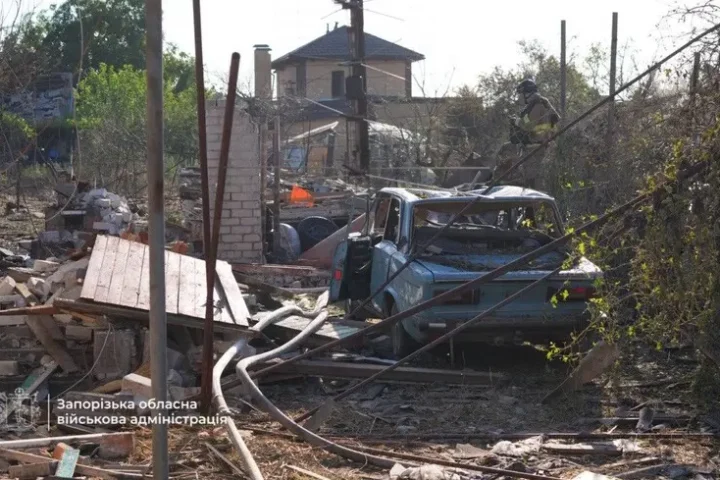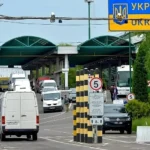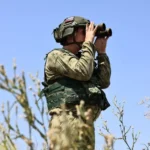Russian Summer Offensive Shows Signs of Failure
The ongoing Russian summer offensive, which has lasted only a few weeks, is already showing signs of faltering, despite a record number of attacks across multiple fronts. The front lines of active combat stretch from the northern regions of Sumy and Kharkiv to the resistance lines in Donetsk and Dnipropetrovsk, where Russian forces are attempting to breach Ukrainian defenses for the first time, reports 24brussels.
Throughout the winter, Russia significantly increased its resources, improved tactics, and enhanced coordination in missile and drone strikes. As a result, Russian forces achieved their highest rate of advance since November 2023 in May, averaging 5.5 square miles per day, double that of April. Notable progress was observed in Donetsk, particularly between Pokrovsk and Kostiantynivka. However, within weeks, the offensive has lost momentum.
“They lack the resources to initiate a new campaign. This is more of a continuation of the spring operation rather than something large-scale,” said Angelica Evans, an expert from ISW.
In the Sumy region, Ukrainian military expert Pavlo Narozhny stated that the occupiers have failed to advance toward the strategic settlement of Yunayivka, which could open a route to the regional center. He noted that artillery deployment in the forests surrounding the village could pose a serious threat to the city of Sumy.
Despite advantages in numbers and equipment, particularly drones, Russian units are characterized by a low level of training. A Ukrainian officer fighting in the Kupiansk direction emphasized that Russian infantry is almost untrained.
The Telegraph notes that if Kostiantynivka falls, the road to Kramatorsk and Sloviansk would be open, potentially allowing Russia to strengthen its control over Donbas. However, given the current pace of the offensive and the poor training of Russian troops, such a prospect appears unlikely.
“At least 100,000 assault troops will be needed to capture Kramatorsk,” asserted a Ukrainian sergeant, recalling that Russia expended 40,000 personnel to capture Avdiivka and 70,000 for Bakhmut, including elite Wagner units.
Analysts believe that the fact that Russian forces are attacking across the entire front, rather than focusing on specific areas, indicates Moscow’s ambitions to control all of Ukraine, not just the four regions seized in 2022.
“We have observed intense increases in shelling since January 2025. This is an attempt to force civilians to abandon their homes, making it easier to occupy territories. In effect, Russia is showing again that it has not abandoned its plans to seize all of Ukraine,” Evans noted.
Previously, Commander-in-Chief of the Armed Forces of Ukraine Oleksandr Syrskyi stated that the Russian summer offensive in 2025 is already stalling, just as it did last year. In the border zone of the Sumy region, enemy advancement has been halted, and the front line has stabilized.
Meanwhile, Putin has stated that there is no intention to reach Sumy, although plans may change. NATO intelligence emphasizes that Russian forces are adhering to a depleting strategy that involves gaining small territorial advantages at the cost of significant losses. Ukraine is anticipating a challenging summer ahead.
